Tra Vinh is located in the estuary, between two large rivers, the Tien River and the Hau River, where the downstream has a series of branches flowing into the Ba Lai, Ham Luong, Co Chien estuaries... The typical terrain of Tra Vinh province includes sand dunes interspersed with low flat land strips along the dunes, which is a part of the coastal sand dune geographical zone in the Southwest region.
Five statues of both Buddhist and Hindu art in Tra Vinh discovered by Louis Malleret are being preserved and displayed at the Ho Chi Minh City Museum of History and the Ho Chi Minh City Museum of Fine Arts. Notably, three out of four statues preserved and displayed at the Ho Chi Minh City Museum of History have been recognized by the Prime Minister as National Treasures.
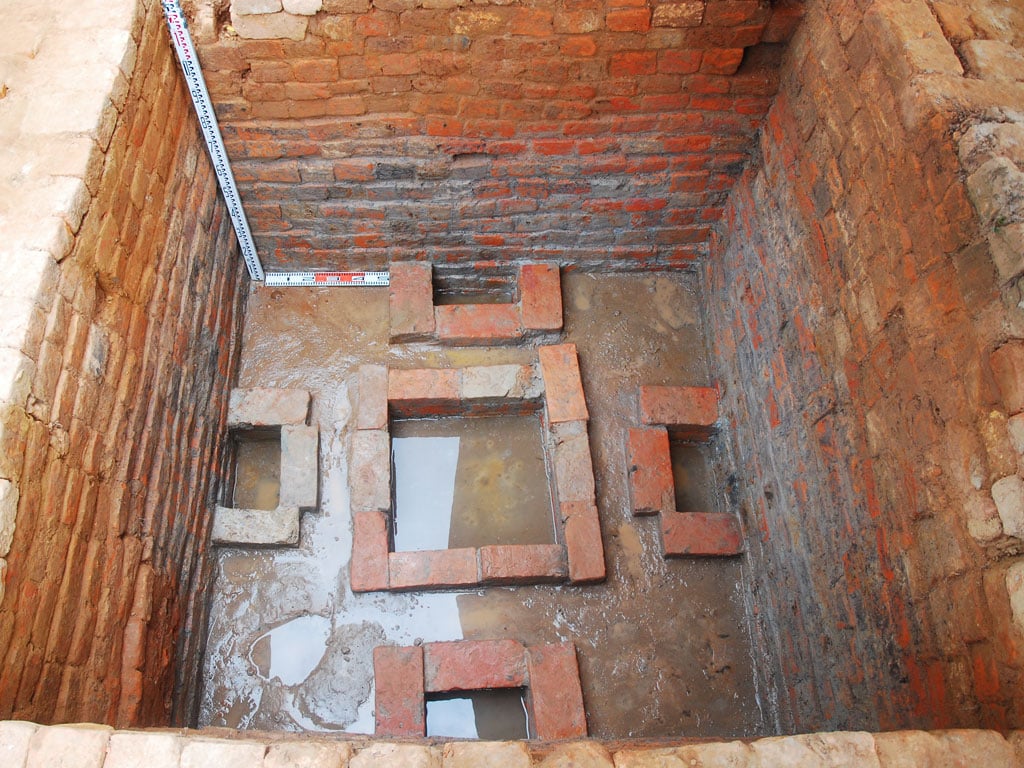 |
Excavation of the Altar Pit of the Brick Kiln Pagoda Relic - Tra Vinh |
DOCUMENTS OF TRA VINH PROVINCE RELICS MANAGEMENT BOARD |
The vestiges of the kingdom of Phu Nam and the Oc Eo culture in Tra Vinh were discovered and specifically studied by Vietnamese archaeologists at two relics alongside dozens of other archaeological sites, typically the Luu Cu relic and the Bo Luy - Lo Gach Pagoda relic cluster.
The Luu Cu relic site in Luu Cu II Hamlet, Luu Nghiep Anh Commune, Tra Cu District (Tra Vinh) is a small oval mound on a sandy land 11 km long in the east-west direction, with an average width of 200 m to 400 m in the north-south direction; 3.6 m - 4.0 m high above sea level (Ha Tien), 1.4 m - 2.0 m higher than the surrounding fields, discovered in 1985 after gold diggers dug here, then surveyed by archaeologists in 1986 - 1987 and excavated.
The results show that there are still traces of a large-scale architectural work here, with a rectangular plan running east-west, 31.2 m long, 17.2 m wide, and 1.5 m high, including 18 rows of bricks remaining. The architectural floor is 1.5 m high, rectangular, divided into 3 parts, with a corridor surrounding 3 sides on the outside, and the east side is a tiled floor connected to steps, with 14 squares spaced apart inside. The central rectangular architecture is 11.3 m long and 3.6 m wide, with a round pillar in the middle made of broken bricks with a diameter of 1.65 m and a depth of 2 m, considered the center of the architecture, filled with fine white sand. Inside the pillar, relics were discovered including: 4 altars, Yoni, Linga, Linga - Yoni quartz, bronze cup, statue arm, 3 gold leaves with sun-shaped patterns and many other small pieces of gold leaves... Notably, the Linga - Yoni idol made of quartz stone with unique and rare values was recognized by the Prime Minister as a National Treasure in 2016.
Archaeological site of Bo Luy - Lo Gach Pagoda
The archaeological relic complex of Bo Luy - Lo Gach Pagoda is located to the west of Tra Vinh city, in Ba Se A hamlet, Luong Hoa commune, Chau Thanh district (Tra Vinh).
The relics are distributed in a space that concentrates many typical and unique cultural, historical and religious relics of Tra Vinh province, including Bo Luy relic, Ao Ba Om cultural and historical relic, typical Khmer pagodas such as Ang pagoda (Angkorajaborey), Co pagoda (Kohkevsiri)...
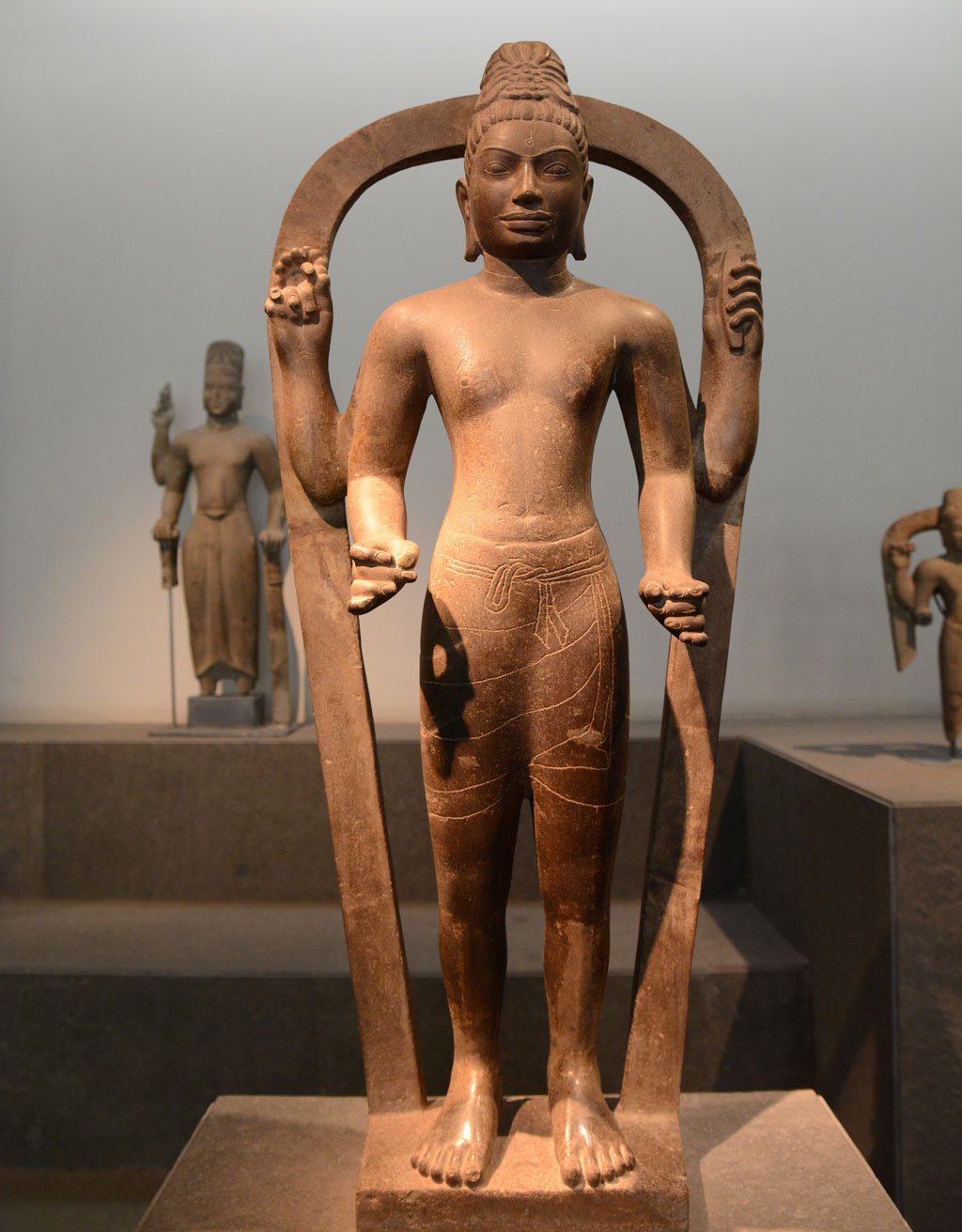 |
Statue of Bodhisattva Avalokitesvara - National treasure currently kept at Ho Chi Minh City Museum of History |
LUONG CHANH TONG |
The relic cluster was surveyed many times by staff of Tra Vinh Provincial Museum and the Archaeological Center (Southern Institute of Social Sciences).
In 2014, the Archaeological Center (Southern Institute of Social Sciences) and the Tra Vinh Provincial Museum conducted a large-scale excavation with 7 excavation pits and 3 exploration pits, with a total area of 923 m2 , and conducted a comprehensive investigation of the Bo Luy relic. Through excavation, the foundations of 6 brick structures were discovered, distributed in a unified space, on the top of the mound with a fairly flat and higher ground than the surrounding area.
The collection of archaeological relics discovered at the Brick Kiln Pagoda relic includes various types of household items, architectural structures, worship objects... made of ceramic, terracotta, stone, metal (brass, gold) materials such as: altars, original yoni pedestals made of sandstone, gold leaf (discovered in the worship pits of religious architectures) with specific material characteristics, size, shape as well as manufacturing techniques... The relic's age is determined to be around the 7th - 8th century AD.
Along with the previous discoveries of various types of worship statues associated with Buddhism and Hinduism, through the results of excavation and research on the Luu Cu relic, the Lo Gach Pagoda relic cluster and dozens of other relics in Tra Vinh province, researchers determined that Tra Vinh was an important locality and center of the Phu Nam people and Oc Eo culture in the South, especially these relics were distributed on the system of dunes in the coastal region of the Southwest and the highlands on the ancient alluvial terraces distributed along the edge of the Mekong Delta. (continued)
Kingdom of Funan
'Factory' making ancient jewelry
Sun Temple in Go Thap
Surprising revelations about the Temple Foundation
Treasures in the Floating Stone Field
Ancient trading port of Oc Eo
Oc Eo Golden Fields
Secret of the ancient kingdom
Turning each page of 'land history'
Mysterious ancient country buried deep
Source: https://thanhnien.vn/vuong-quoc-phu-nam-cu-dan-phu-nam-va-van-hoa-oc-eo-o-nam-bo-1851480810.htm




























![[Photo] The 9th Congress of the Party Committee of the Office of the President, term 2025-2030](https://vphoto.vietnam.vn/thumb/1200x675/vietnam/resource/IMAGE/2025/6/20/78e7f27e8c4b4edc8859f09572409ad3)

























![[Maritime News] Wan Hai Lines invests $150 million to buy 48,000 containers](https://vphoto.vietnam.vn/thumb/402x226/vietnam/resource/IMAGE/2025/6/20/c945a62aff624b4bb5c25e67e9bcc1cb)















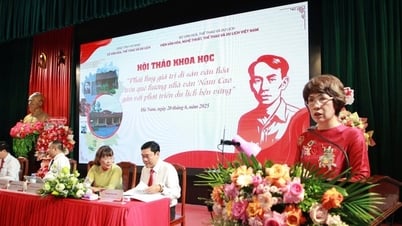





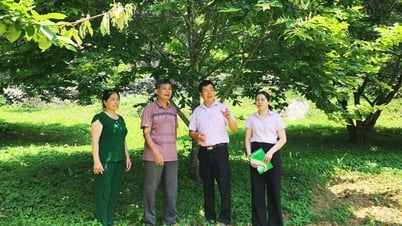

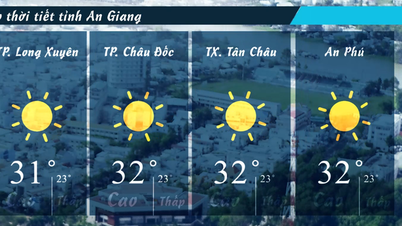


















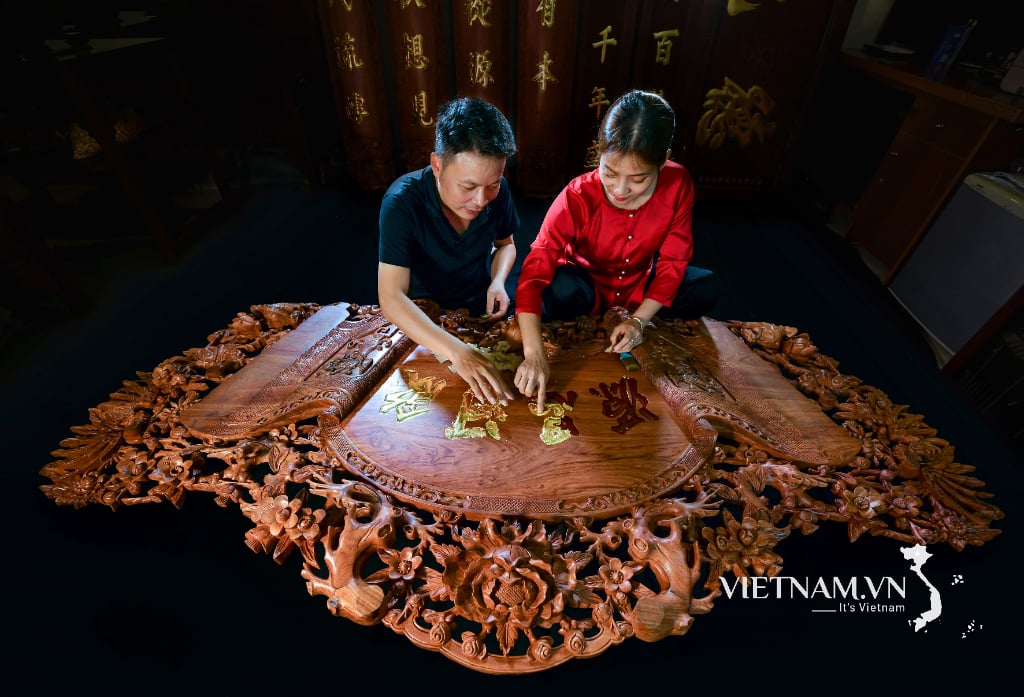
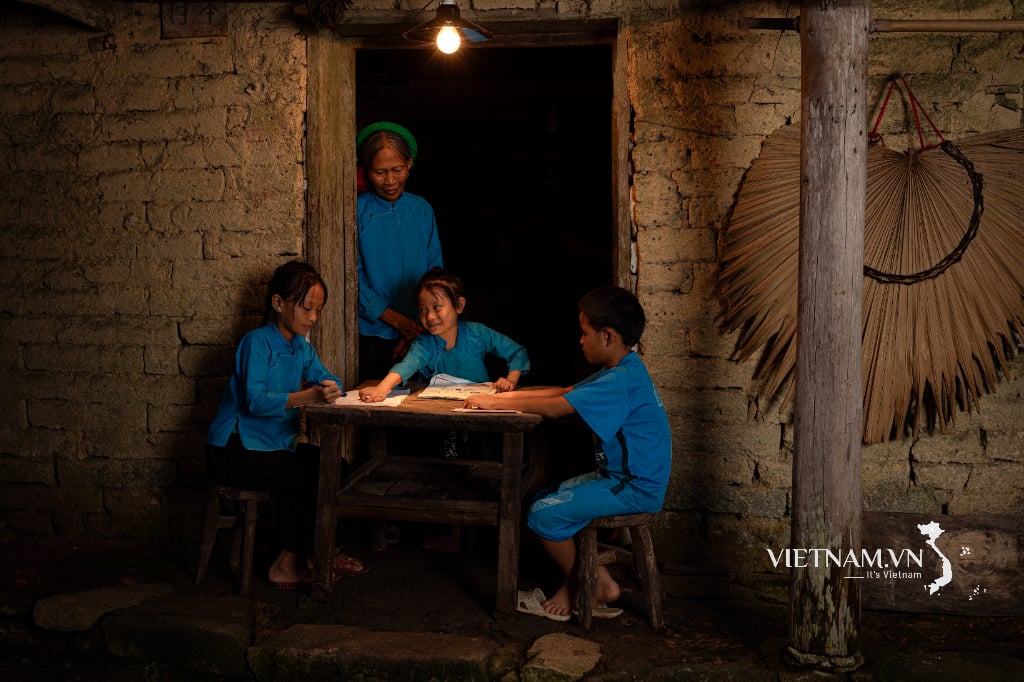
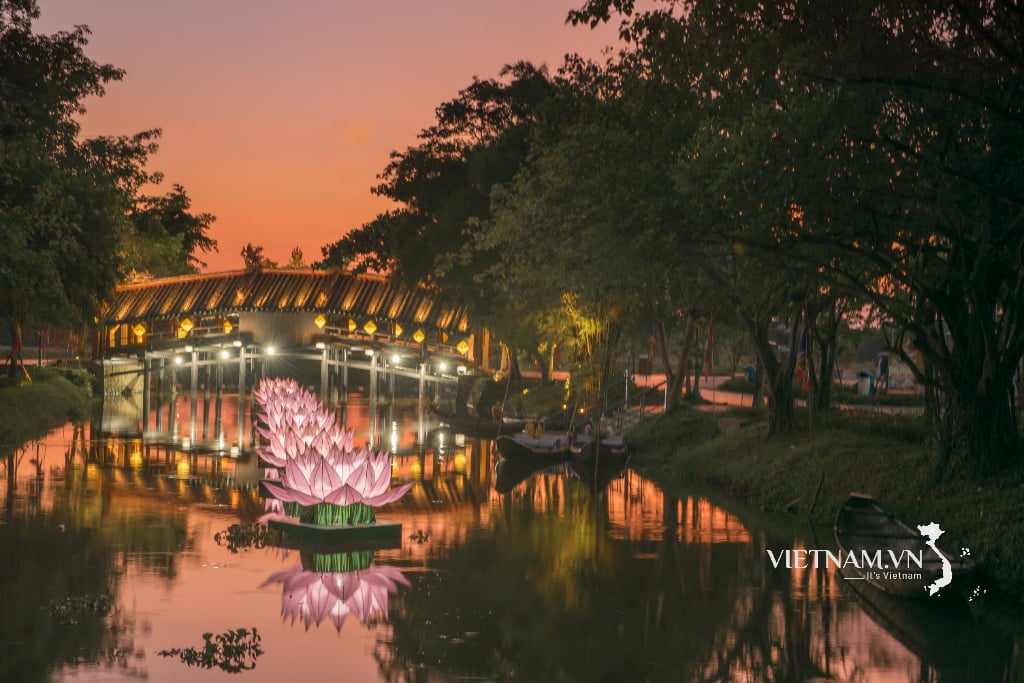
Comment (0)